WYUR LIVES HERE 24/7 ON MOTOR CITY RADIO FLASHBACKS
From our MCRFB aircheck archives, featuring: WYUR-AM (’97) w/ PAUL CHRISTY
![]()
From the MCRFB news archives:
Foresight and backing puts Presley, Perkins, Little Richard, Teenagers on the charts
Many R&B and C&W artists hit pop pictures in ’56 via deejay push and savvy
B y B I L L S I M O N | B i l l b o a r d , J a n u a r y 2 6 , 1 9 5 7
NEW YORK — As long as there are disk jockeys who are ready, willing and able to spot new talent and showcase it, the record business will remain fresh, vital, interesting and unpredictable. This was borne out dramatically in 1956, the year which saw the arrival on The Best Selling Charts of such new and by now established pop stars as Elvis Presley, Carl Perkins, Little Richard, The Teenagers and many others.
The dominant fact in the 1956 picture, and here again, it’s the deejays who can take much of the credit, was the emergence on the pop charts of many artists who previously had been thought of as only Rhythm and Blues, or as country and western sellers.
But taking first things first, it was in The Billboard of March 10, 1956, that both Elvis Presley and Carl Perkins made their debut on the pop charts. Presley, with his first RCA platter, “Heartbreak Hotel,” and Perkins with his all-market hit, “Blue Suede Shoes,” was another cut for Presley’s erstwhile employer, Sun Records of Memphis.
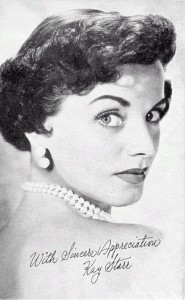
Perkins unfortunately landed in a hospital following an auto accident, but Presley went to produce hit after hit for every category of in the charts. Most of these are still selling and, for the record, these are the titles that made the pop list: “Don’t Be Cruel,” “Hound Dog,” “I Want You, I Need You, I Love You,” “Love Me Tender” and even two numbers which had been released only as tracks from extended-play albums, “Love Me” and “Blue Suede Shoes.”
Sun Records also produced a pop hit by Country and Western artist Johnny Cash, “I Walk The Line.”
Actually, this resurgence of country talent in the pop play area was a part of the whole so-called “rock and roll” surge in all fields and gave rise to the term “rockabilly,”applicable to country artists who performed blues tunes and other material back by the “Big Beat.” Capitol Records came up with Gene Vincent and “Be-Bop-A-Lu-La,” and Vincent provided more good program material in his Capitol LP which followed. Jim Lowe, a pop-artist writer with C&W roots who had come close in several previous attempts, finally click in all categories with “Green Door.” Lowe, a deejay himself on WCBS, New York, got hefty support himself from his spinner colleagues throughout the country.
While not exactly in the same rockabilly mode, but still not remotely urbane, there was the novelty vendor called Nervous Norvus on Dot Records. Norvus “Transfusion” made a lot of noise literally an figuratively, and the artist was able to follow up that unusual entry with “Ape Call,” who enjoyed lesser but still chartworthy success.
R&B Invasion

The most numerous invasion force, however, came right out of the pure area of rhythm and blues. As the adulterated product known as rock and roll caught on, the deejays led the kids in the appreciation of the true, original article. This led to the pop success of such performers as Little Richard, the Teenagers and many more.
Running down the impressive list, Specialty’s own Little Richard, an established R&B seller, cracked the pop barrier first with “Tutti Frutti,” despite very heavy cover competition cover by Pat Boone. Richard was then able to follow-up, and this time to outstrip the competition, with “Long Tall Sally” and the coupling of “Rip It Up,” followed by “Ready Teddy.” The same happened with that group of youngsters on Gee Records, appropriately named the Teenagers, starring pint-sized Frankie Lyman. The group broke into the all-market money with “Why Do Fools Fall In Love?” and was able to follow the same route with “I Want You To Be My Girl.”
Not all of the R&B groups were able to repeat on the pop lists after that first breakthrough, although some of those one-shots were substantial hits. For example, we had the Teen Queens with “Eddie My Love,” the Cadillacs with “Speedo,” the Six Teens with “A Casual Look,” and Little Willie John with “Fever.” Although these acts didn’t repeat, they did open the door to acceptance of any of their future releases which may merit broad pop exposure.Their efforts will not be lightly dismissed.
Break precedent
There also were the unprecedented occurrence of two out-and-out R&B versions of the same tune making the pop chart. This was “Stranded In The Jungle,” cut originally by the Jayhawks, but covered by the Cadets, who outdistanced the original, although both versions made it. And there was an out-and-out pop styling of “Treasure Of Love” by Clyde McPhatter, a balladeer whose previous hits had all been in the R&B classification.
Rock and roll, which now is identified virtually as a distant idiom, produced its own share of new chart artists. Mercury employed the Diamonds to cover a number of hits of R&B origin and several of these hit right on the money. First was a cover for the Teenagers’ “Why Do Fools Fall In Love?” and the second was “Church Bell May Ring,” which is believed to have outsold the original by the Willows. Other new faces were Gloria Mann with “Teenage Prayer,” the Bonnie Sisters with “Cry Baby” and Bobby Scott with “Chain Gang.”
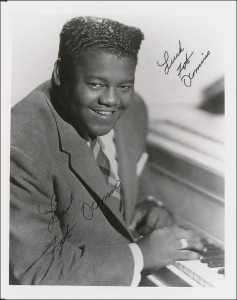
“Ivory Tower” carried two new names to the charts. Cathy Carr made it for Fraternity Records first big disk and Otis Williams made it for King. Film was the vehicle to chart prominence for one Elmer Bernstein, the film conductor responsible for the sound-track version of “The Man With The Golden Arm” music and for Dick Jacobs, who covered. It also did the trick for veteran batoneer Morris Stoloff, with his combination of “Moonglow” and “The Picnic Theme.” Coral Records’ own George Cates cashed in heavily with his cover of the contrapuntal concoction. A number of similar productions by the same artists fell short, however, and Johann Sebastian Bach’s eminence in the field of polyphony weathered the challenges well.
Andy Williams, young vocal and the star of the Steve Allen TV shows, rode in with the first vocal version of Eddie Heywood’s “Canadian Sunset,” and jocks gave a good listen to his “Baby Doll” follow-up, which has yet to break through, however. The Rover Boys established what could be a seasonal perennial in “Graduation Day.” Then there was the unusual French-language smash by the Blue Stars called “Lullabye Of Birdland.” This version broke through where a flock of English-language and instrumental versions had failed. The break-through was due to heavy deejay support, incidentally.
Cole Porter with his rendition of “True Love,” from the big flick, “High Society,” carried in a veteran film vocalist, Jane Powell, although the top version was by Bing Crosby and another chart (and disk) newcomer, Her Serene Highness, Princess Grace of Monaco.
This isn’t the whole story by any means. Jocks and record buyers went for an occasional instrumental change of pace. Of most recent memory are Bill Doggett with his blues rocker, “Honkey Tonk,” and Sil Austin with his “Slow Walk.” Doggett also did okay with with a cover of the second-named. END.
(Information and news source: Billboard; January 27, 1957).

![]()

![]()
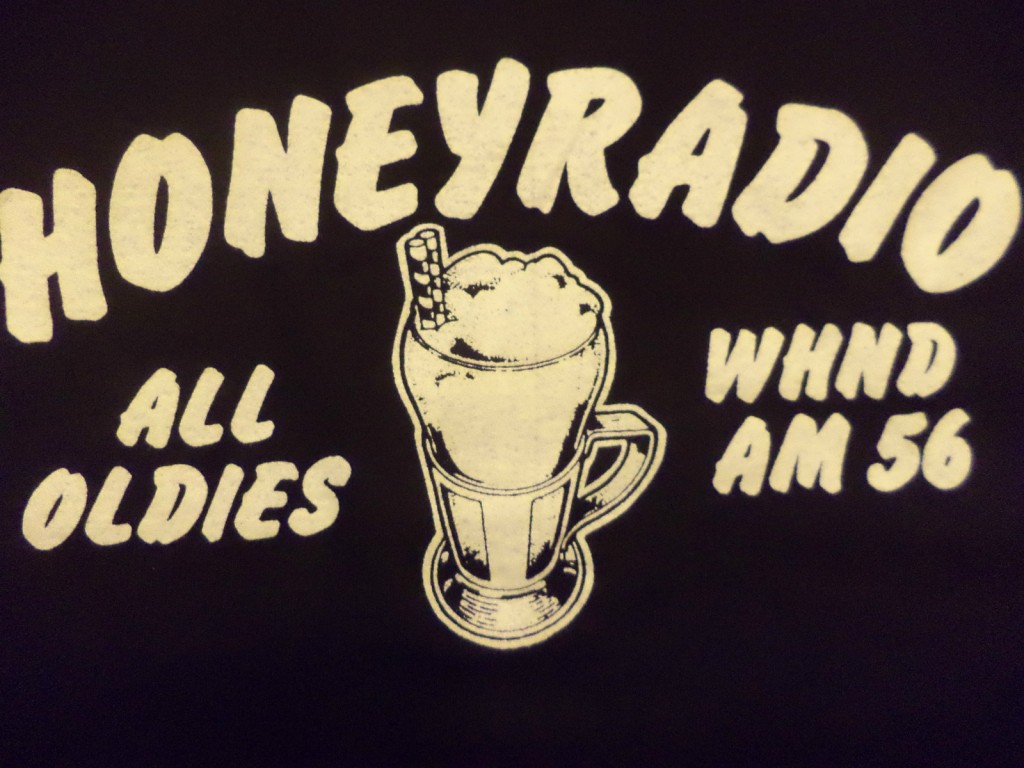
WHND-AM 56: Richard D
WHND-AM 56: Boogie Brian
WHND-AM 56: Keith Allen
WHND-AM 56: Bill Stewart
WHND AM-56: Hank O’Neill
WHND AM-56: Ted Richards
WHND-AM 56: Tim Nixon
WHND-AM 56: Dr. Bob Heyden
WHND-AM 56: Jukebox Memories 1965
WHND-AM 56: Jukebox Memories 1966
— WHND-AM 56 ‘HONEY’ FACTS:
1973: Purchased by Greater Media.
1973: Honey Radio (1950s/60s Oldies) is born — simulcast on both 94.7 FM (WHNE) and 560 AM (WHND). WHNE/WHND is one of the first ‘oldies’ radio stations in the USA.
1973 through 1974: WHND-AM 560 21-year continuous run as a rock and roll era all-oldies formatted radio station is regarded unprecedented and unsurpassed for the AM dial in Detroit radio history.
1994: Greater Media brokers station to Spanish language broadcaster on December 2; Last WHND broadcast day was Friday, November 25, 1994. All-Oldies Honey Radio 21-year run in Detroit comes to an end. (Source: Michiguide.com)
COMING SOON! WHND-AM 56 – Larry London – March, 1982 (Unscoped: 01:36:01)
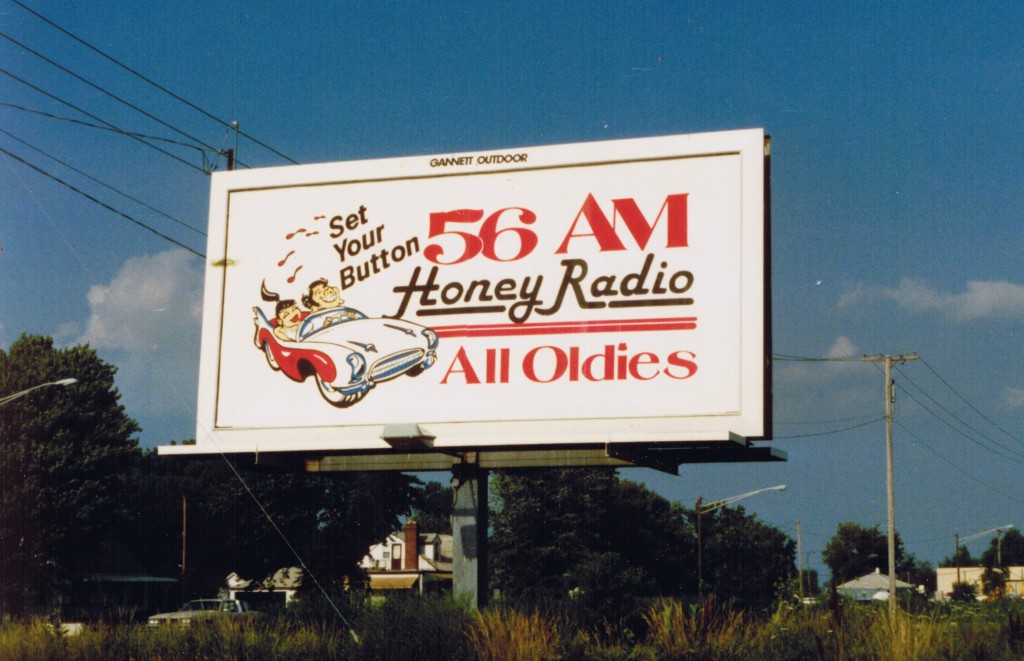

![]()
![]() Posted January 28, 2012: This exhibit has been updated. Two (2) new airchecks have been added to the MCRFB aircheck library. As you browse the page they can be found there, exactly as listed, (or play audio) here: WKNR – Bob Green & Gary Stevens – July 1964 and WXYZ – The History Of WXYZ Radio – Part 2 – October 10, 1975. (Note: for your listening convenience, here’s the audio link to Part 1: “History Of WXYZ Radio,” exactly as listed, here: WXYZ.1270.David Newman.Show.History.Of.WXYZ.Radio.Part.1).
Posted January 28, 2012: This exhibit has been updated. Two (2) new airchecks have been added to the MCRFB aircheck library. As you browse the page they can be found there, exactly as listed, (or play audio) here: WKNR – Bob Green & Gary Stevens – July 1964 and WXYZ – The History Of WXYZ Radio – Part 2 – October 10, 1975. (Note: for your listening convenience, here’s the audio link to Part 1: “History Of WXYZ Radio,” exactly as listed, here: WXYZ.1270.David Newman.Show.History.Of.WXYZ.Radio.Part.1).
Special THANKS to our friend John Freist for sharing these two Detroit radio gems on Motor City Radio Flashbacks!
![]() In the MCRFB Detroit Sports archives (left column menu): this exhibit has been updated. Two (2) new sports audio aircheck have been added to the MCRFB Detroit Sports feature, exactly as listed, (or play audio) here: WJR – Budd Lynch – Play By Play – January 18, 1986 – Wings & Flames and WXYZ – Budd Lynch and Ron Cameron – December 12, 1978.
In the MCRFB Detroit Sports archives (left column menu): this exhibit has been updated. Two (2) new sports audio aircheck have been added to the MCRFB Detroit Sports feature, exactly as listed, (or play audio) here: WJR – Budd Lynch – Play By Play – January 18, 1986 – Wings & Flames and WXYZ – Budd Lynch and Ron Cameron – December 12, 1978.
Special THANKS to our friend Greg Innis for sharing these two Detroit RW Hockey gems on Motor City Radio Flashbacks!
COMING SOON IN THE MCRFB AIRCHECK LIBRARY: WHND-AM 560 Honey Radio with Larry London, March, 1982 (Unscoped: 1:36:00)!
![]()
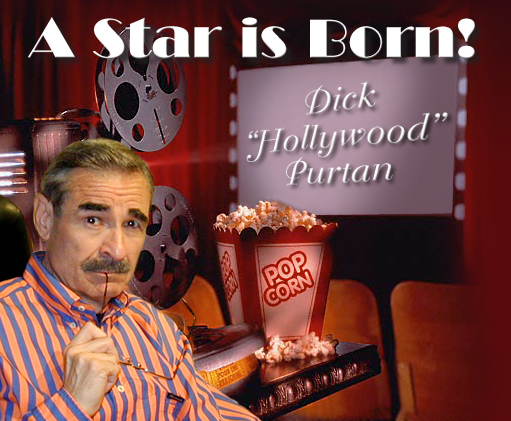
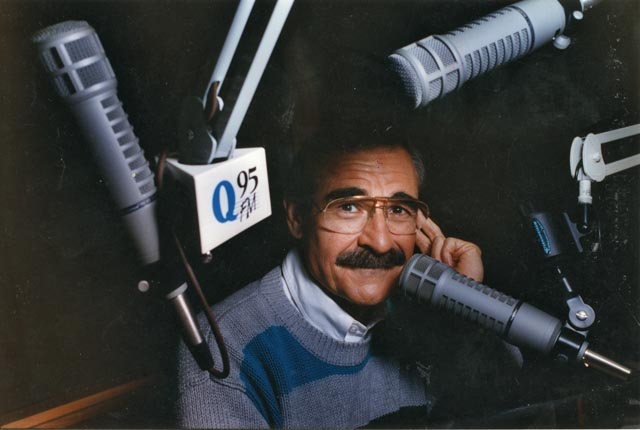
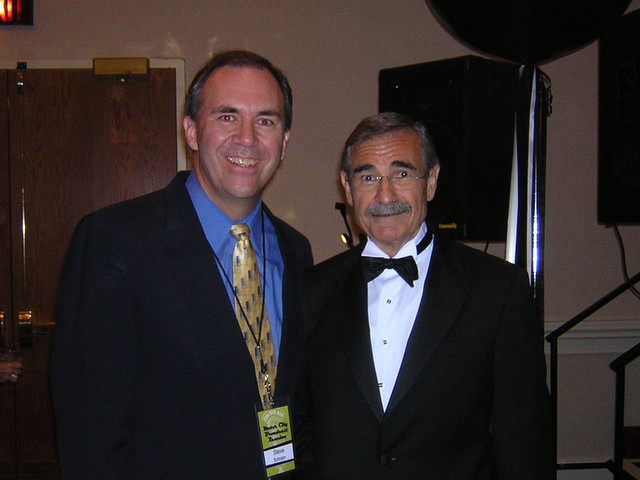
![]()
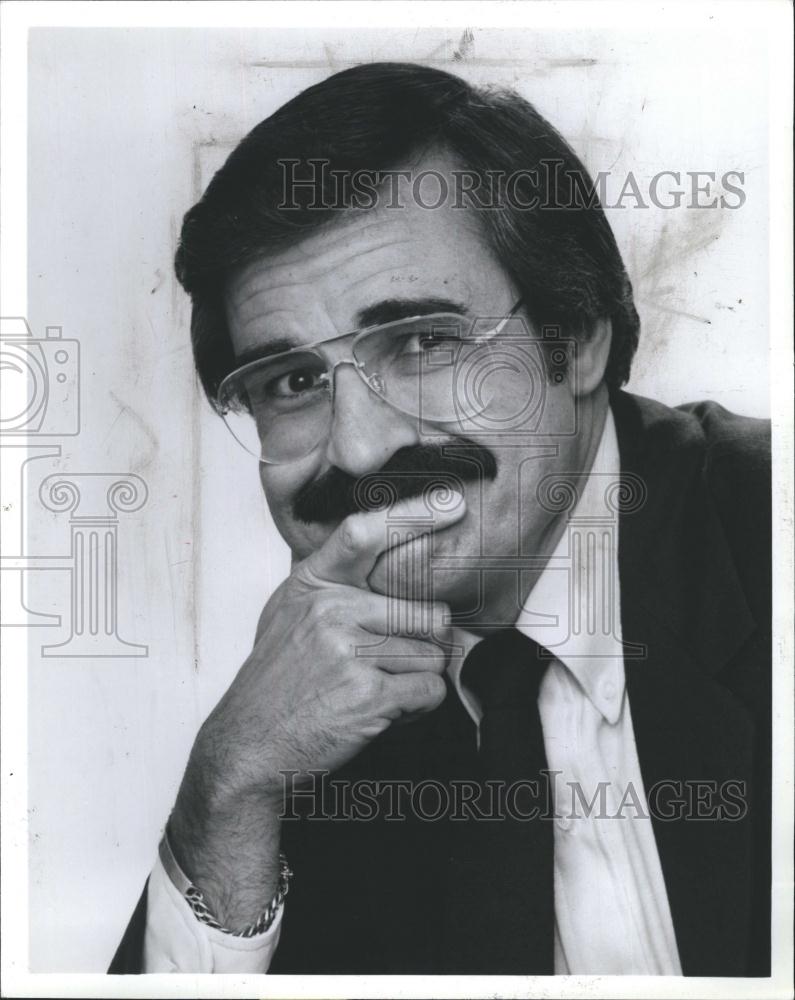
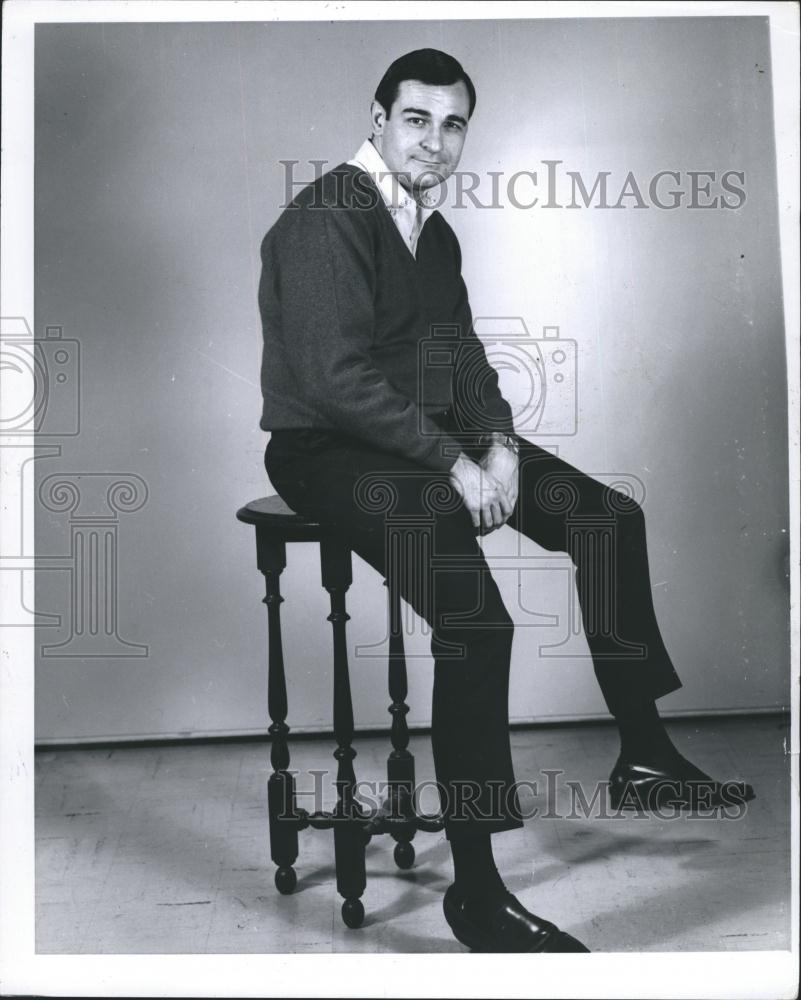
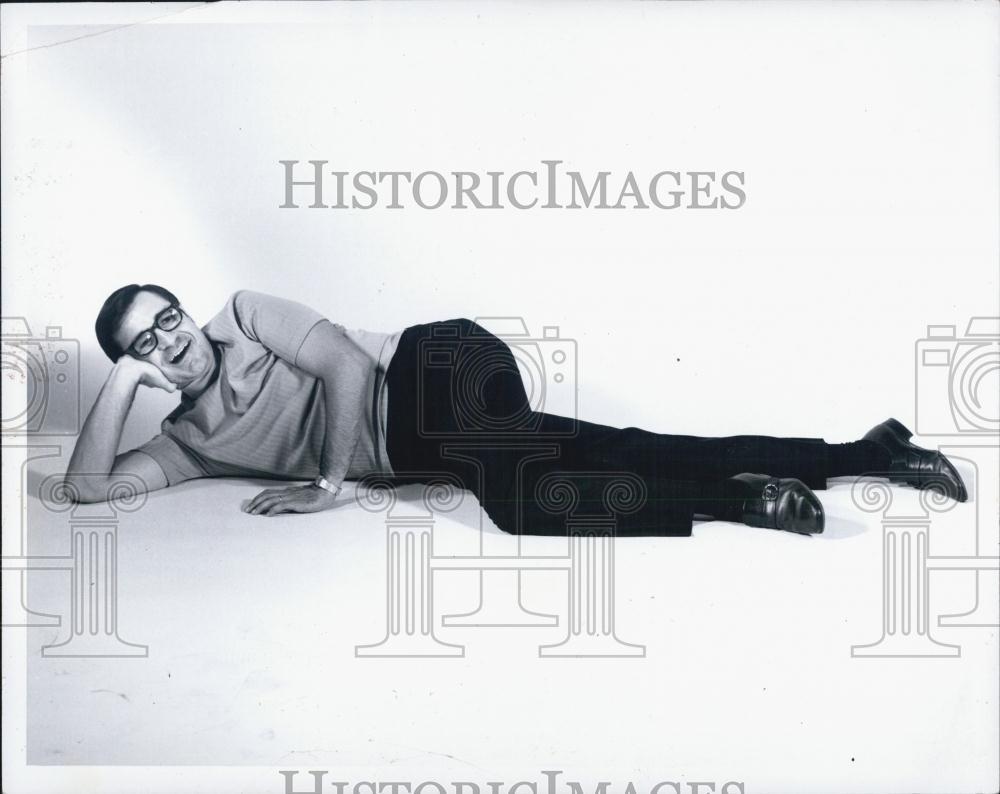
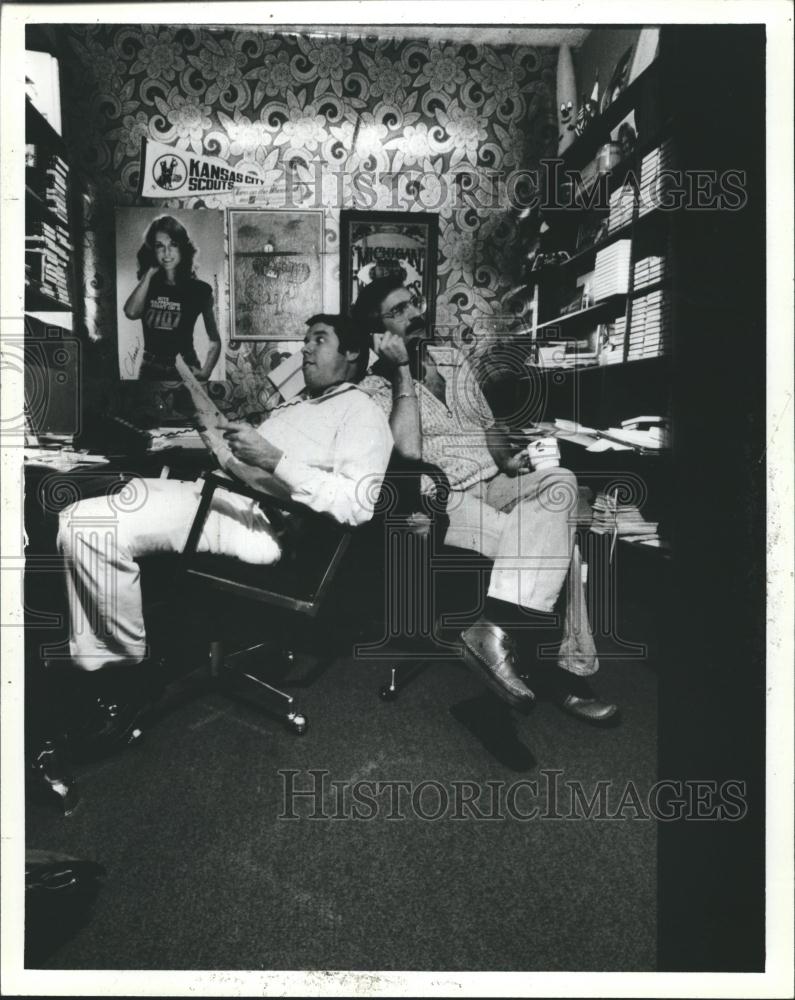
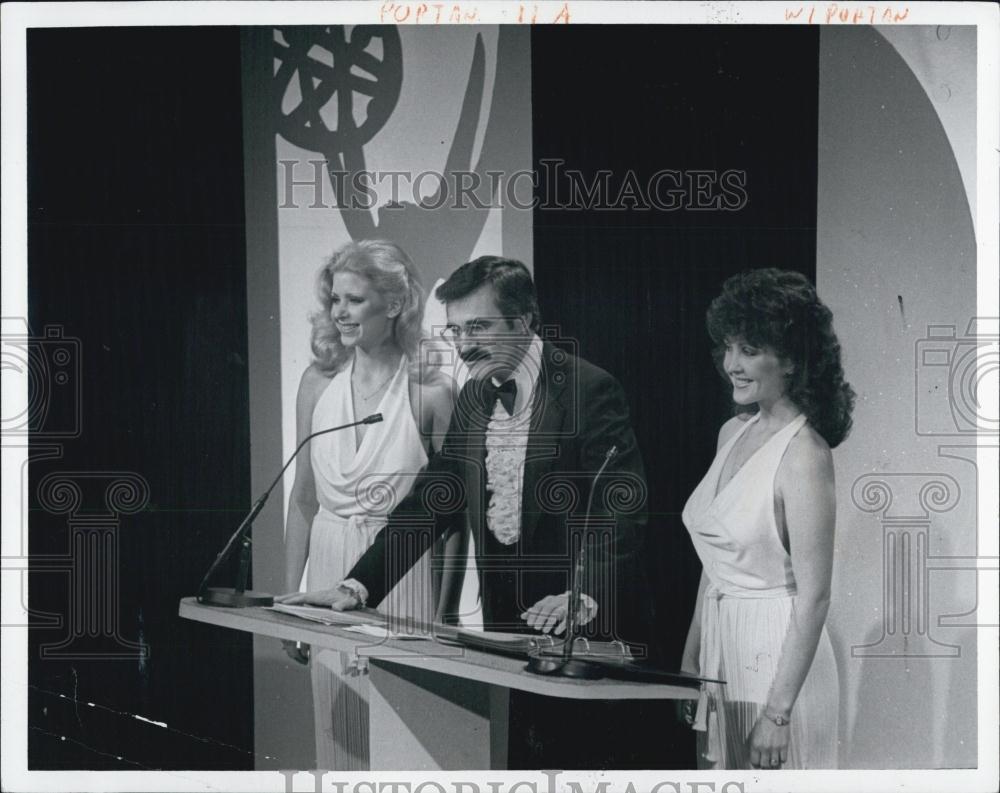
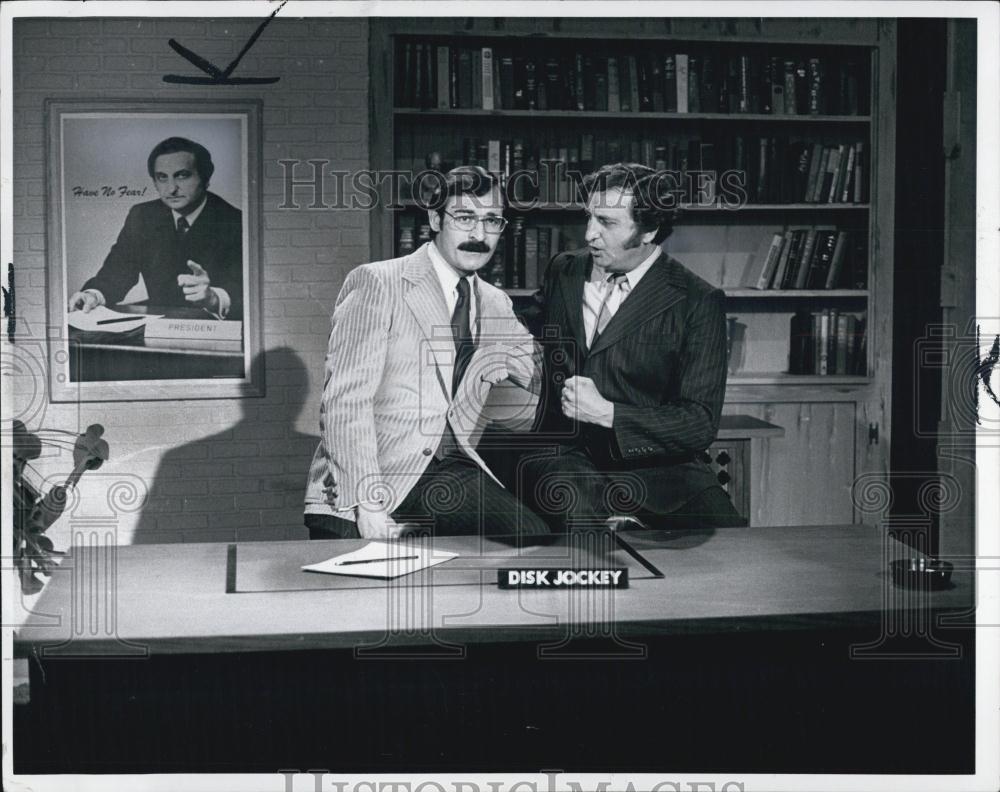
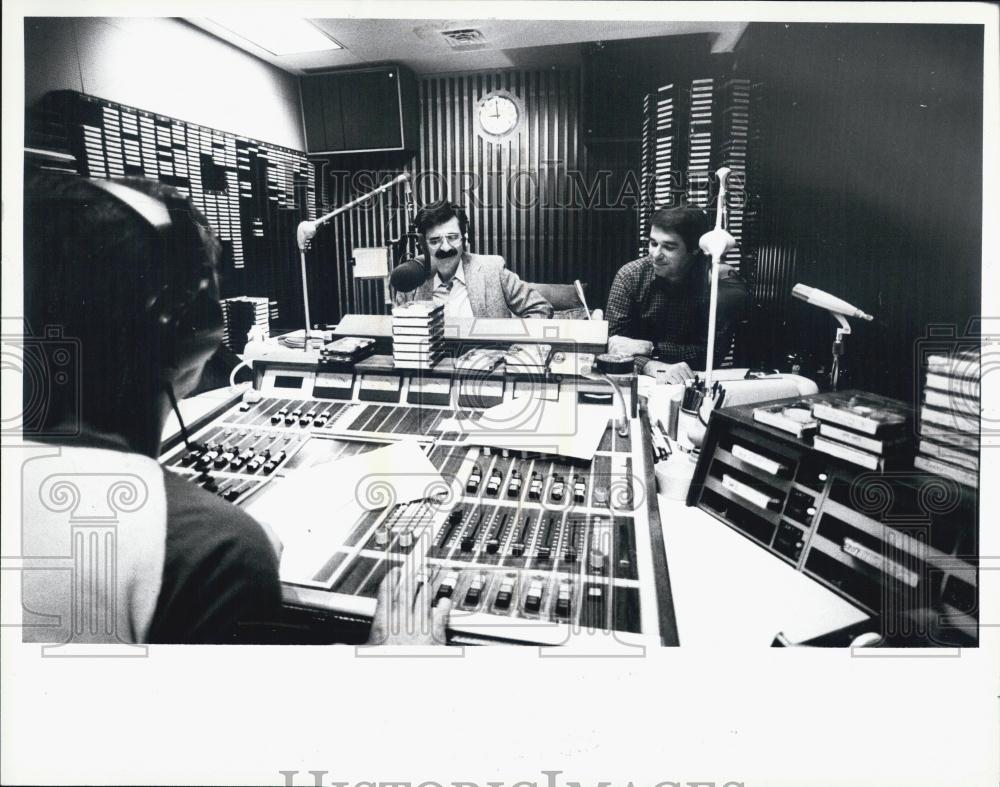
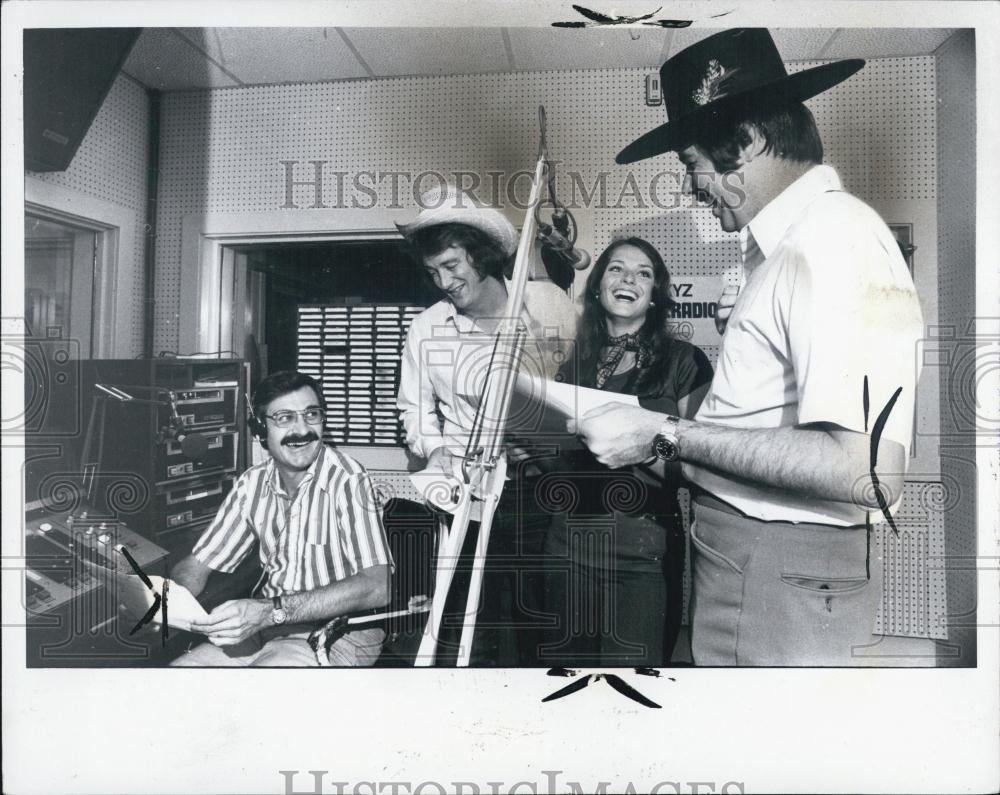
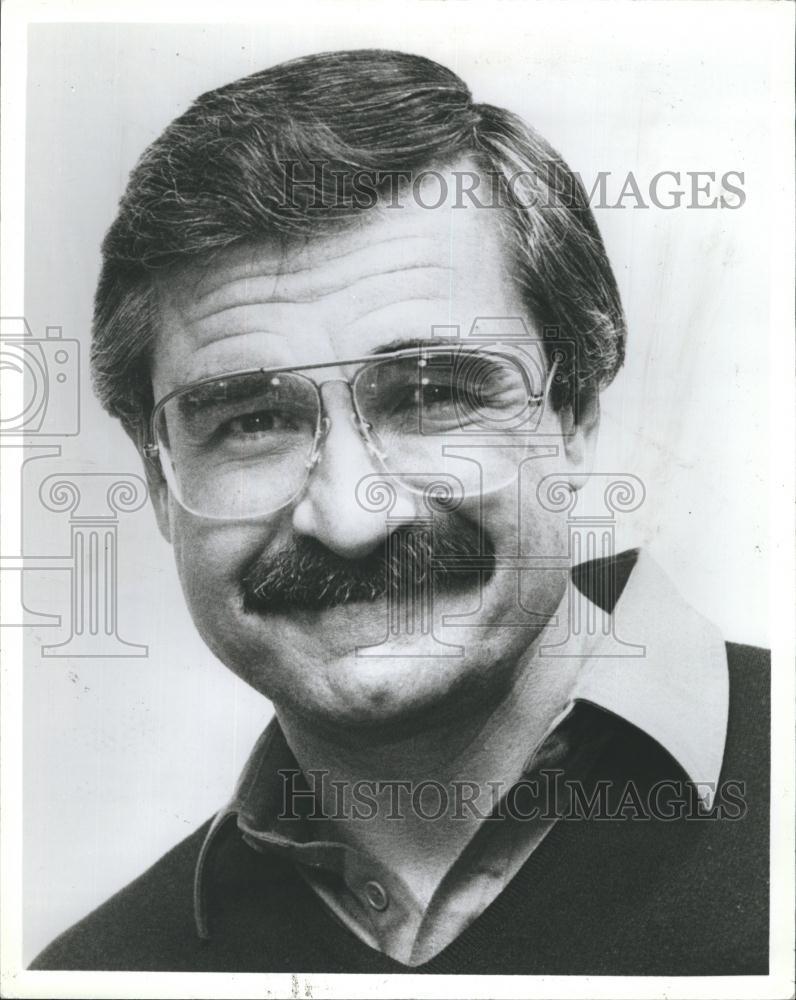
(All photographs above currently being offered for purchase on eBay as of February 17, 2013. Go there: just type in Dick Purtan)!
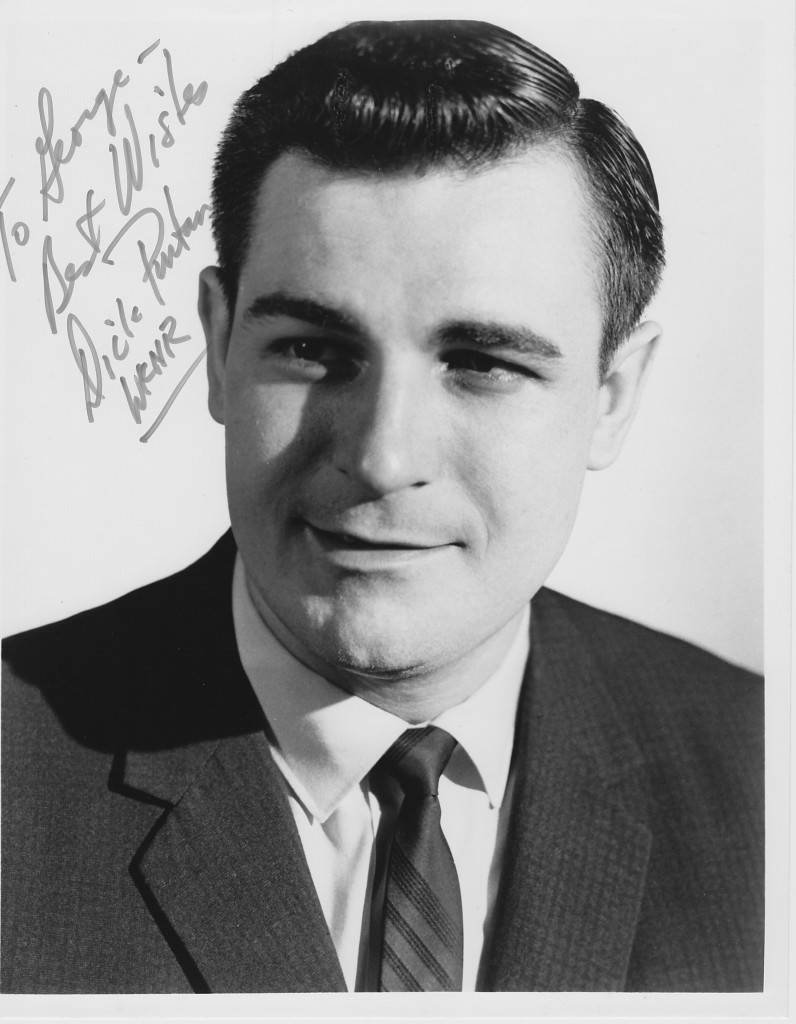
![]()
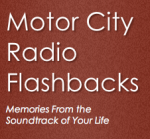 Former WKNR and WMCA Deejay Hits Big Today As President of Doubleday Chain
Former WKNR and WMCA Deejay Hits Big Today As President of Doubleday Chain
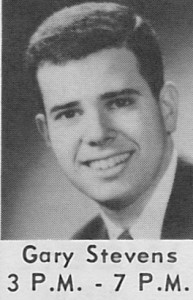
NEW YORK — Consider for a moment how the major broadcasting chains evolved into the forces they are today: companies like Westinghouse, Bonneville, Gannett and Malrite, all rich in history but not quite like Doubleday Broadcasting — “which really should not exist,” suggest Doubleday president Gary Stevens. “The only reason it does because I couldn’t get a job. People wanted to generalize me as an ex-deejay who had no business acumen.”
In all fairness to a near-sighted industry, never before (or since the likes of) Gary Stevens, formerly a night-time Top 40 disk jockey, has led to running a radio station. The road to management usually runs through sales, and occasionally takes a left turn through programming.
Gary is the first to point out it wasn’t easy. “Even after I’d been successful in Phoenix and Minneapolis, nobody would take me seriously. I knew that if I wanted to do what I’m doing, I had to build my own company.”
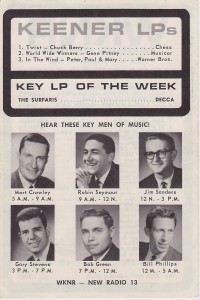
Stevens has become more than a builder. He’s the architect of one of the fastest-growing chains of radio properties in America. Interested in broadcasting since the age of eight (“my mother would take me down to sit in with the jocks at the local station”), the son of the chief executive officer for a chain of Buffalo department stores started his career ay WWOW in Conneaut, Ohio while on vacation from college.
The next years at the University of Miami brought him work at several stations, including WCKR and WAME, “where I worked with Frank Ward, one of my idols. He was one of the four guys who were ‘Guy King’ at WWOL. The other three were Tom Clay, Bruce Bradley and Dick Purtan. Some of the guys who went through Buffalo were amazing,” reminisces Stevens.
From WAME, Gary gravitated to WFUN, which had just signed on the air in Miami, “where I stay until 1961, where I left to go to WIL in St. Louis. My whole career moved so quickly because I worked with such good people and I learned from them. WIL had Ron Lundy in afternoons; I did seven to midnight; Dan Ingram, who had just left to go to New York; Roger Barkley; Gary Owens. I kept finding myself in the company of excellent people. I was there from 1961 to 1963, when Mike Joseph hired me to go to WKNR in Detroit.
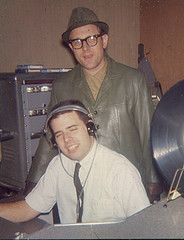
In 1965 I came to New York. I’d been pitching Ruth Meyer (the program director at WMCA) since St. Louis. When I went to Detroit, I sent her a note and said, ‘watch what we do.’ I’d figured if we did what we said we would, I’d have a job, and if we didn’t, she wouldn’t remember anyway.”
She remembered. In just two monthly Hoopers, WKNR emerged as the No. 1 station in Detroit, climbing over such giants as WXYZ, WJBK and CKLW. It wasn’t long before Gary Stevens wound up where he’d always wanted to be, on the air in New York City. “I stayed there (at WMCA) doing nights until 1968, when I didn’t want to be on the air anymore. I moved to Europe, which was something I’d always wanted to do.”
When Stevens returned to the United States, he learned the harsh realities of being a former WMCA ‘Good Guy’ in search of a management position. In spite of the grim prospects, his perseverance paid off when he heard that Doubleday Broadcasting was about to acquire KRIZ in Phoenix. “I called the president and told him about my background. I paid my own way to Dallas, where the company was located at the time, to talk to him about the job, and he hired me on the spot,” Stevens recalled.
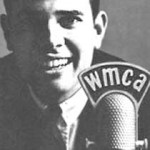
“I went to KRIZ after having been gone for two years, and I put on the greatest 1968 radio station you ever heard — in 1970. We bombed. We were almost run out of business, but then I analyzed what was wrong and we fixed it. We became the highest rated Class IV in the United States, as well as perhaps the highest billing 250-watter. I stayed there until 1974. The truth is, nobody else took me seriously as general manager. The disc jockey thing still hung over me.”
So when an opening came within the Doubleday chain for a manager at KDWB in Minneapolis, Stevens went for it. “When I got there, there was KSTP consulted by Burkhart, Storz’s WGDY, and WYOO, which had just come in. We beat ’em all, and by 1976 I still couldn’t get a job. I thought, ‘How many times do I have to do this?’ “
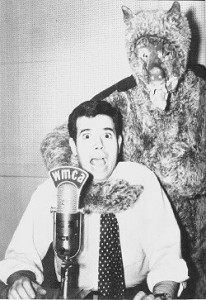
Before Stevens had the chance to contemplate the answer, an offer to manage a large East Coast station won him a promotion within his own company. He was named senior vice-president director of research. “A lot of people don’t know this, but nobody before us was doing music research. When Todd Wallace joined us at KRIZ, he was the first guy to market a a music research system. Steve Casey was our all-night man and a computer nut. He refined the system and suggested things like playing parts of a song to listeners over the phone” — which, while commonplace today, was quite innovative in the early-1970s. Casey followed Stevens to Minneapolis along with another KRIZ personality, John Sebastian. “John became our program director. You heard of Sabastian/Casey, well, they got together under me at KDWB.”
In 1977, a change in the structure of Doubleday led Stevens’ being named president of the company. Since that time, Doubleday had gone through several changes and emerged as a force to deal with: “It’s only in the last two years that people are taking us seriously. Actually, this company has benefited by the underestimation of it’s abilities. A few years ago, many people thought Doubleday was getting out of radio. We’d sold half the company. All we had was Minneapolis and Denver and a construction permit for St. Louis.”
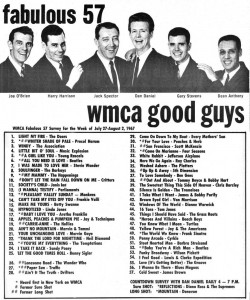
But Stevens was far from ready to fold. “By then, there was no question where FM was going. I got us into the right technology, selling our AMs and buying only FMs starting with Detroit. One thing I learned in Phoenix is was that you work harder for less money in smaller markets, so our central core strategy was top 20. But after our experience in Detroit, I realized the big markets brought three to five times the return, and redefined that strategy as top 10.”
Assessing the future, Stevens is ambivalent about the fate of his two remaining AM properties. “Our AMs don’t cost us anything to operate, but they don’t bring in any revenue either. I don’t see any future in AM. As for AM stereo, it’s too little too late. The problem between AM and FM is coverage, not stereo. AM stations were engineered 30 to 40 years ago, and they don’t cover today’s market.
“Nobody could have envisioned the tremendous growth our cities have undergone, and because of that, most AMs can’t compete. FMs being non-directional are winning to a great degree because of a signal advantage. So AM stereo won’t be a solution to the basic problem.”
The Doubleday chain currently includes WAPP in New York, WAVA in Washington, D. C., WLLZ in Detroit, KDWB AM-FM in Minneapolis, KWK AM-FM in St Louis, and KPKE in Denver, and is in the process of acquiring WMET in Chicago from Metromedia. All are operated under what Stevens terms “the module concept, where all the stations are similar in format and facility.” (Once Top 40, the chain is now AOR, a move Stevens generally credits to former Doubleday program director Bob Hattrick).
“While we’re committed to AOR for the foreseeable future, we really look at our company as seven very good FMs in seven very good markets delivering whatever the public wants. Keeping the philosophy and physical setups the same is the reason we’ve been able to grow so fast. And though there are enormous musical differences among the stations, the positioning and promotion remains consistent, and that gives us a good synergy and allows our people to become interchangeable from station to station.”
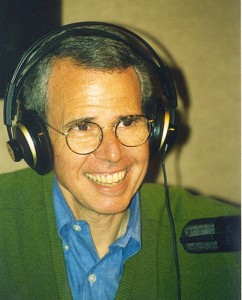
People is a key word with Stevens. “That’s the edge we have. Our people last. Most people don’t want anybody good. They feel threatened by them. I really believe that. One of radio’s biggest problems today is the definite lack of professional management. Radio is a margin business, not a gross sales business. Two bad books and you lose your revenue. And while revenues in this business have been increasing each year by about 10%, profits have been consistently going down. That’s a stunning indictment of management’s failure to realize that they’re operating a margin business. And that impacts all of us because we get our future management from the system that’s producing these people. And I want the best I can get.”
Stevens’ track record is indicative of a man who gets what he wants. A list of his former programmers, for instance, read like a radio who’s who. Names like Todd Wallace, Dan Clayton, John Sebastian, Gerry Peterson, Dave Hamilton and Bobby Hattrick, most of whom were in their infancy when they came to Doubleday, had gone on to notable careers.
“From 1970 to the present, we’ve had an unending strings of successful program directors who have emerged from nowhere. I don’t program the stations. But I know how to pick a good program director.”END
_______________
Information, credit and news source: Billboard; December 18, 1982
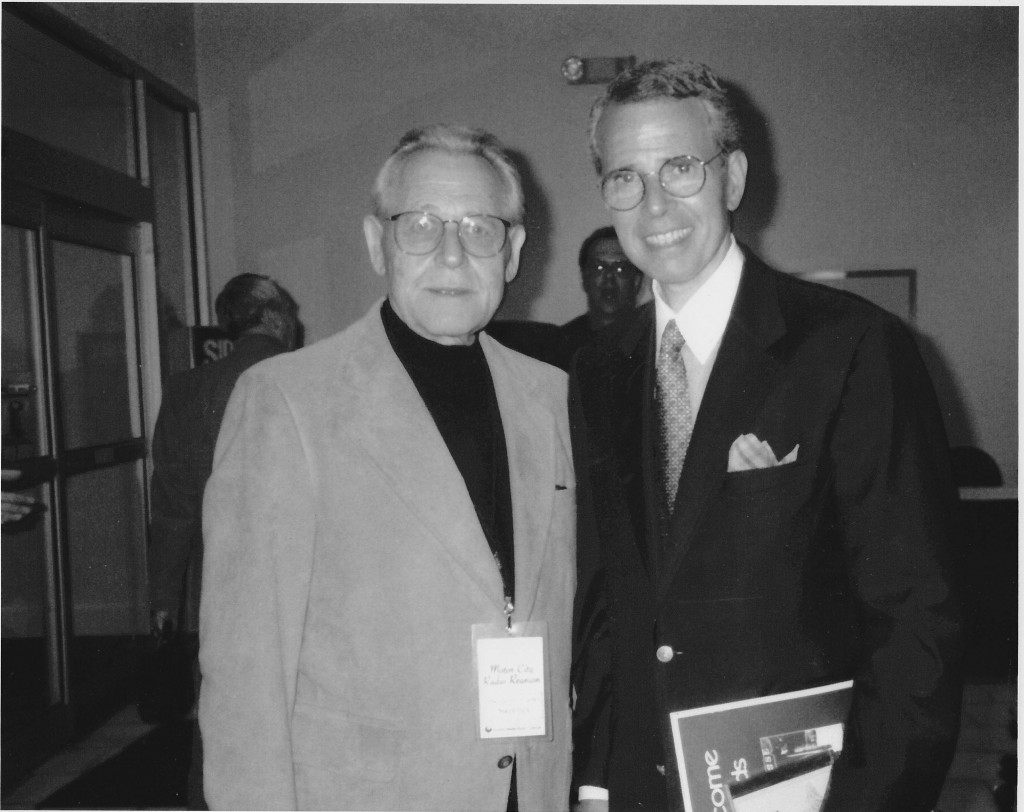
![]() A MCRFB note: Here’s a recent article still on the internet MCRFB found on Gary Stevens today. While the article is dated March 23, 2010, it is still currently posted on the allaccess.com website.
A MCRFB note: Here’s a recent article still on the internet MCRFB found on Gary Stevens today. While the article is dated March 23, 2010, it is still currently posted on the allaccess.com website.



![]()
Brenda Wows Teeners In Detroit
 DETROIT — The famous Roostertail night club here broke a precedent last Sunday, March 14, by scheduling an early evening performance to allow youngsters to catch Brenda Lee’s act there. The special show, which began at 6:30 p.m., was oversold and reservation had to be turned down even though the show was only advertised four days in advance.
DETROIT — The famous Roostertail night club here broke a precedent last Sunday, March 14, by scheduling an early evening performance to allow youngsters to catch Brenda Lee’s act there. The special show, which began at 6:30 p.m., was oversold and reservation had to be turned down even though the show was only advertised four days in advance.
The young Decca artist apologized to the adults in the audience who accompanied their youngsters, for pegging the special show exclusively to the teenagers. Her showmanship and candor at the Detroit night club event was rewarded with heavy applause throughout the show and was capped with a standing ovation from both adults and teens in concluding the surprise early-evening event at the club’s famous Upperdeck ballroom. END.
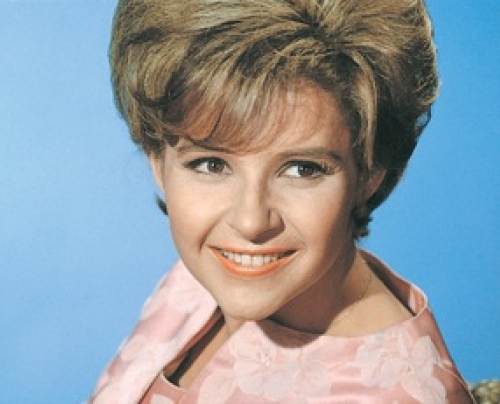
Brenda Lee, “Little Miss Dynamite,” with a rare charted single, “Rusty Bells,” from 1965.
(Information and news source: Billboard; March 27, 1965).
http://www.youtube.com/watch?v=MZFBfldjz_Q
![]()
 From the MCRFB news archives: 1954
From the MCRFB news archives: 1954
HALEY COMETS RACK BIG GROSSES THROUGHOUT YEAR
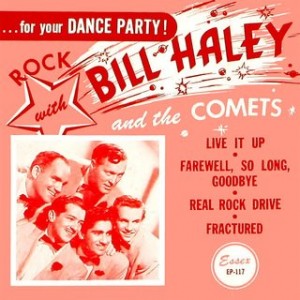 NEW YORK — Record popularity enjoyed by Bill Haley and His Comets on Decca disks has boomed the sextet into the top money-making bracket, according to Jolly Joyce, head of the Jolly Joyce Theatrical Agency here, which holds the booking exclusively for the musical unit.
NEW YORK — Record popularity enjoyed by Bill Haley and His Comets on Decca disks has boomed the sextet into the top money-making bracket, according to Jolly Joyce, head of the Jolly Joyce Theatrical Agency here, which holds the booking exclusively for the musical unit.
Before locating for December at Andy’s Log Cabin in Gloucester, New Jersey, the Joyce agency had the Haley Comets take in a full week of one-nighters. And with combination of percentages and guarantees, they netted well over $5,000 for the past week.
Much of the take came from a record one-nighter at the Valencia Theater in Baltimore, promoted by Buddy Deane, disk jockey on WITH and Jim Ferguson, Haley’s personal manager.
Giving two solo concerts Saturday night, November 27, at a $1.25 top, tax included, the 1,600 seat house was overflowing for the two evening shows. Promoters reported 3,300 tickets sold to make it a sell-out three days in advance, with more than 1,000 turned away at the box-office. The gate was over $4,000 and the Haley Comets came away with a net of $2,040 for the evenings’ work. END.
(Information and news source: Billboard; December 11, 1954).
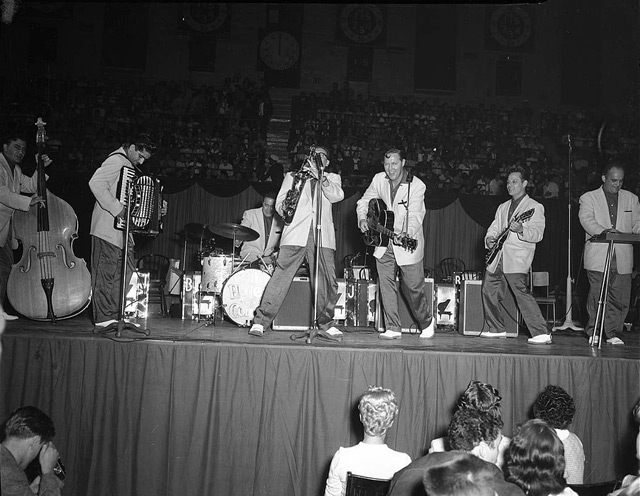
![]()